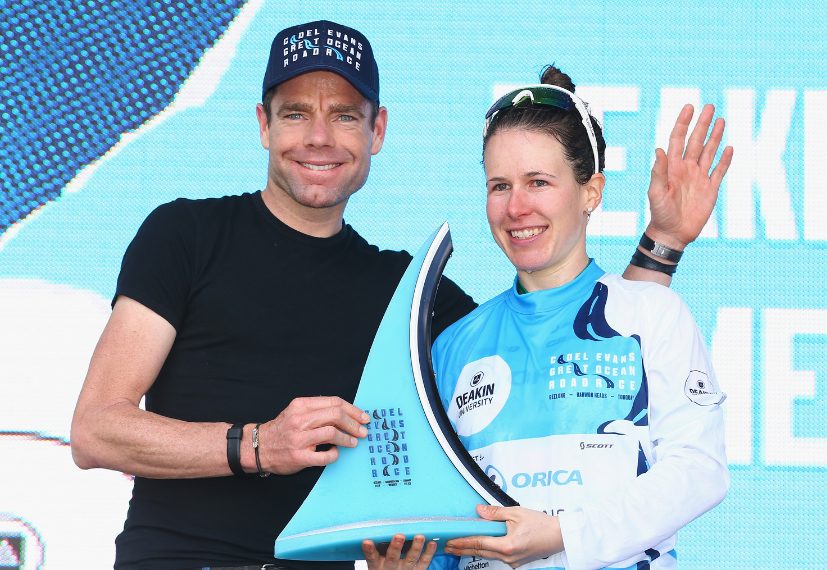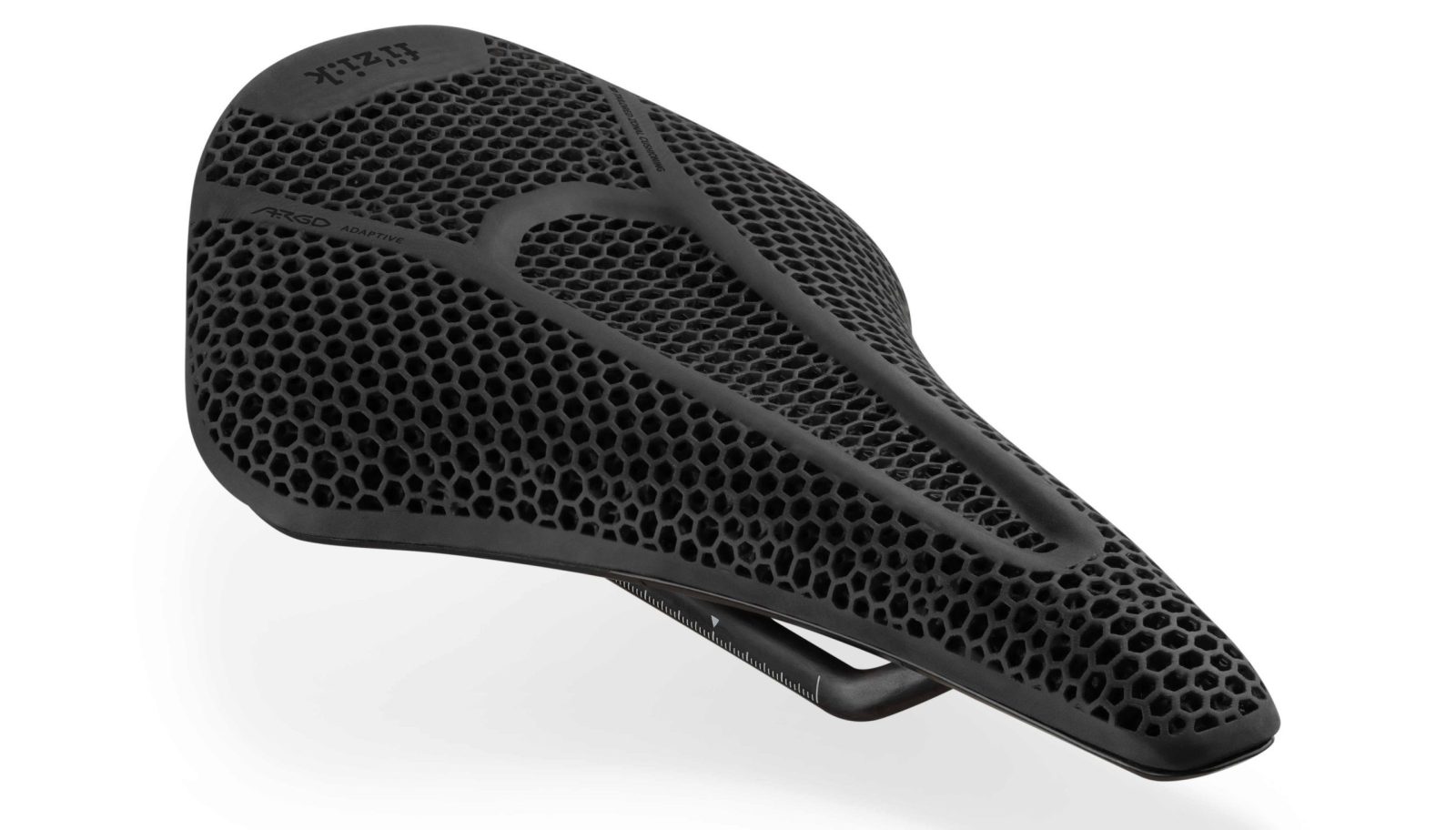By Adam Scroggy
In January 2015 the inaugural edition of the Cadel Evans Great Ocean Road Race rolled out from the waterfront in Geelong, Victoria, conceived both as a farewell to its namesake – Cadel Evans – and a bold new chapter in Australian cycling.
It offered a route of around 174 km that wound through Geelong, ran west to the iconic surf breaks of the Surf Coast and swung through the rolling landscapes of the Bellarine Peninsula before returning to finish in the Geelong suburbs, often on the Challambra Climb.
Originally framed as a personal curtain-call for Evans, the event quickly grew into something far more significant: a world-class one-day race combining spectacular scenery, elite competition and local community embrace.
For the local communities, the race is far more than a sporting spectacle. It has become a festival of place and pride: the tight finish at Geelong’s waterfront overlays the resort-town ambience of the Surf Coast, the rugged coastal vistas and hilly hinterland of the Bellarine have earned global broadcast exposure, and all segments of the region share in the economic, social and cultural uplift that accompanies a race of this stature.
Local cafes, accommodation providers and tourism operators understandably highlight the weekend as a key drawcard. In combining the intimate regional character with international cycling flavour, it gives Australian audiences access to vistas and terrain normally reserved for European spring classics. Indeed, the race organisers describe it as ‘inspired by Europe’s prestigious one-day classics’.
Alongside the elite men’s and women’s events, the inclusion of the mass-participation ‘People’s Ride’ has proven a crucial ingredient. By allowing everyday riders to roll along many of the same roads as the pros, the event bridges the gap between sport and community – fostering grassroots engagement and encouraging participatio. It reinforces the sense that this is everyone’s weekend in coastal Victoria.
As of 2020, both the men’s and women’s elite races have full UCI WorldTour status. That elevation signalled a quantum leap in prestige, ensuring that top-level teams bring the big names Down Under, giving Australian professionals direct access to the same competition as the European pro peloton on home soil.
While the event carries Cadel Evans’ name, its significance now extends well beyond a single athlete. As Australia’s first Tour de France winner and a long-time advocate for the sport’s growth at home, Cadel helped shape the foundations on which the race was built — but it has since evolved into a shared national celebration of cycling.
The Mapei Cadel Evans Great Ocean Road Race stands today as both a legacy of his era and a showcase of Australia’s capacity to host world-class racing on its own terms, inspiring the next generation of riders while continuing to draw the world’s best to local roads.
Over the following pages, enjoy some of the memories and stunning photography from a decade of this brilliant cycling event.

2015
The inaugural Cadel Evans Great Ocean Road Race was held in late January 2015 as a farewell event for Evans, who retired that year. The men’s race covered 174km from Geelong and back via the Great Ocean Road, and was won by Gianni Meersman ahead of Simon Clarke and Nathan Haas. Evans himself finished a strong fifth in front of many fans. The women’s edition was also run (113km) and won by Rachel Neylan.

2016
In its second edition, the men’s race again started and finished in Geelong over 174km. Peter Kennaugh launched a late solo move on the final climb and held off pursuers to win by six seconds over a 19-rider chase group. Leigh Howard (Australia) was second; Niccolò Bonifazio third. On the women’s side, Amanda Spratt took the title. The race had been upgraded in status to 1.HC, opening it more to WorldTour participation.
2017
2017 marked a milestone: the men’s race was elevated to UCI WorldTour status, making it part of the top-tier international calendar. Held on 29 January, the race again featured a reduced sprint finish: Nikias Arndt beat Simon Gerrans and Cameron Meyer (the latter riding for an Australian national selection) in a close finish. Being a WorldTour event helped attract more elite teams and riders, boosting its profile in the early-season Australian cycling block.
2018
On 28 January 2018, the race maintained its WorldTour status. The finish was decided from a ~24-rider selective group: Australian Jay McCarthy won ahead of Elia Viviani (Italy) and Daryl Impey (South Africa). McCarthy thus became the first Australian to win his namesake race. The route remained challenging but suited puncheurs, with the coastal road, hilly stretches and finishing circuits around Geelong.
2019
By 2019, the event was well established on the WorldTour calendar. On 27 January (or thereabouts), the race was won by Elia Viviani (Deceuninck-QuickStep), ahead of Caleb Ewan and Daryl Impey. Viviani’s sprint strength proved decisive in the finale. The women’s edition also ran, contributing to the event’s dual-gender ambition. Additionally, the Melbourne pre-race criterium (“Race Melbourne”) was part of the weekend’s supporting races.

2020
The 2020 edition, held 2 February, continued under WorldTour status. The men’s race was won by Dries Devenyns (Belgium) in a selective finish. The women’s race was upgraded to join the UCI Women’s WorldTour category beginning this year. This version marked the last before the COVID-19 disruptions hit the Australian racing calendar.
2021 & 2022
No editions were held in 2021 or 2022, due to the impacts of the COVID-19 pandemic, border restrictions, team travel uncertainties, and quarantine logistics. In November 2020, organizers announced the 2021 cancellation. Later, the 2022 edition was cancelled for similar reasons. During these years, the race’s continuity was paused, but planning resumed for a return.
2023
The race made a comeback on 29 January 2023 as part of both the men’s and women’s WorldTour calendars. The men’s 174.3 km route included coastal roads and finishing loops with the Challambra graded climb. German rider Marius Mayrhofer emerged victorious, ahead of Hugo Page and Australia’s Simon Clarke. The revival was heralded as a return to form for the event in the early-season international racing block in Australia.
2024
The 2024 edition was held on 28 January over roughly 176 km from and back to Geelong, and formed the second event of the UCI WorldTour that year. In a tight sprint finish, Laurence Pithie (New Zealand, Groupama-FDJ) edged out Natnael Tesfazion (Eritrea, Lidl-Trek) and Georg Zimmermann (Germany, Intermarché-Wanty). The race featured coastal sections, rolling terrain and multiple circuits around Geelong, including the challenging Challambra climb.
2025
The 2025 men’s race took place on 2 February over 183.8 km, as the second event of the UCI WorldTour. In blistering heat (over 40 °C), Mauro Schmid (Switzerland, Jayco-AlUla) launched a late solo attack and held off chasers to win. Aaron Gate (New Zealand) took second in the sprint behind him, and Laurence Pithie placed third. The women’s race was run the day before (1 February, 141.8 km), with Ally Wollaston (New Zealand) winning from a small leading group in a sprint.




